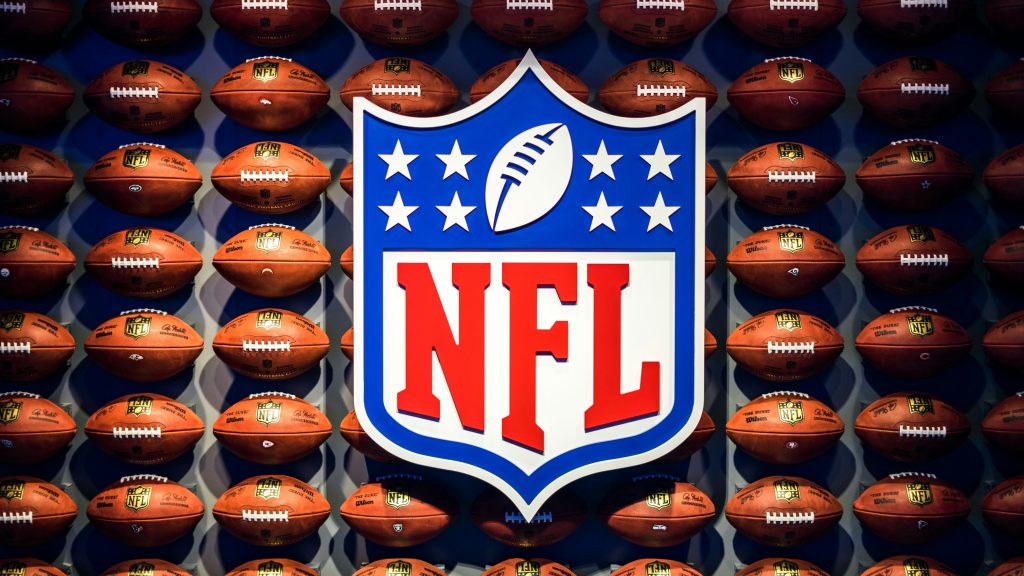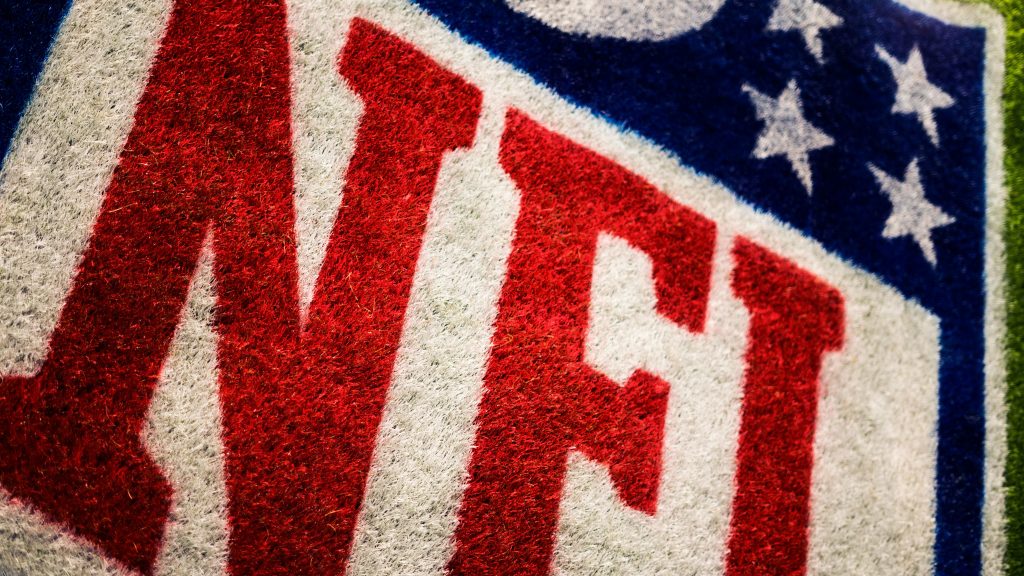The NFL playoffs are one of the most exciting and highly anticipated events in sports each year. With the season spanning over 17 weeks, teams compete for a chance to earn a spot in the postseason, where they have a shot at the ultimate goal: winning the Super Bowl. But how do the NFL playoffs odds work, and what determines which teams are most likely to make it to the postseason?

The NFL Playoffs Format
Before delving into the odds, it’s important to understand the format of the NFL playoffs. The playoffs consist of 12 teams – six from the AFC and six from the NFC – with the top four teams from each conference receiving a first-round bye. The remaining eight teams compete in the Wild Card round, with the lowest seed playing against the highest seed, and so on. The winners of the Wild Card round advance to the Divisional Round, where they play against the top-seeded teams from each conference. The winners of the Divisional Round then advance to the Conference Championship games, and the winners of those games play in the Super Bowl.
Calculating Playoff Odds
So how do we calculate the odds of a team making it to the playoffs? There are several factors to consider, including a team’s win-loss record, their strength of schedule, and tiebreakers. Let’s break it down further:
Win-Loss Record: This is the most obvious factor in determining a team’s odds of making the playoffs. Each team plays 16 games in the regular season, and the more games they win, the better their chances of making the playoffs. In general, a team needs to win at least nine games to have a realistic shot at making the playoffs.
Strength of Schedule: A team’s strength of schedule is determined by the combined win-loss record of all their opponents. A team that faces a lot of tough opponents will have a harder time winning games and making the playoffs, while a team that faces weaker opponents will have an easier time. However, the strength of the schedule is only one factor to consider, as it doesn’t account for injuries, weather conditions, or other unforeseen circumstances.
Tiebreakers: If two or more teams have the same record at the end of the regular season, tiebreakers come into play. The first tiebreaker is the head-to-head record between the teams, followed by the division record, conference record, and common opponents record. If all tiebreakers are still tied, a coin flip is used to determine the playoff spot.

Playoff Odds and Predictions
With all these factors in mind, we can use statistical models to predict which teams are most likely to make the playoffs. These models take into account a team’s win-loss record, the strength of schedule, and tiebreakers, as well as other factors such as injuries, weather, and home-field advantage. Some popular statistical models for predicting NFL playoff odds include Football Outsiders’ DVOA (Defense-adjusted Value Over Average) and ESPN’s Football Power Index (FPI).
Of course, these models are not foolproof, and there are always surprises in the NFL playoffs. Injuries, upsets, and unexpected performances can all throw a wrench in even the most accurate predictions. That’s part of what makes the NFL playoffs so exciting – anything can happen.
The NFL playoffs are a thrilling time for football fans, as 12 teams compete for a chance at the ultimate prize: the Super Bowl. Calculating playoff odds involves taking into account a team’s win-loss record, the strength of the schedule, and tiebreakers, as well as using statistical models to make predictions. While these models are useful, they can never account for all the variables that come into play during the playoffs. As always, the NFL playoffs are full of surprises, and that’s part of what makes them so thrilling and unpredictable.








